How to Choose the Right Pressure Gauges for Optimal Measurement Accuracy in Industrial Applications
In the realm of industrial applications, choosing the right pressure gauges is crucial for ensuring accurate measurement and optimal operational efficiency. According to a report by the Global Pressure Gauge Market Insights, the pressure gauge industry is projected to reach a market value of approximately $3.5 billion by 2025, reflecting a growing demand across various sectors such as oil and gas, pharmaceuticals, and manufacturing. Selecting the appropriate type of pressure gauge not only enhances measurement reliability but also minimizes downtime and unnecessary maintenance costs. With advancements in technology and a diverse range of options available, understanding the specific requirements of your application, including pressure ranges, environmental factors, and compatibility with different media, is essential in making an informed decision. This guide aims to provide insights and practical tips to help industries navigate the complexities of pressure gauge selection, ultimately facilitating improved accuracy and safety in operations.
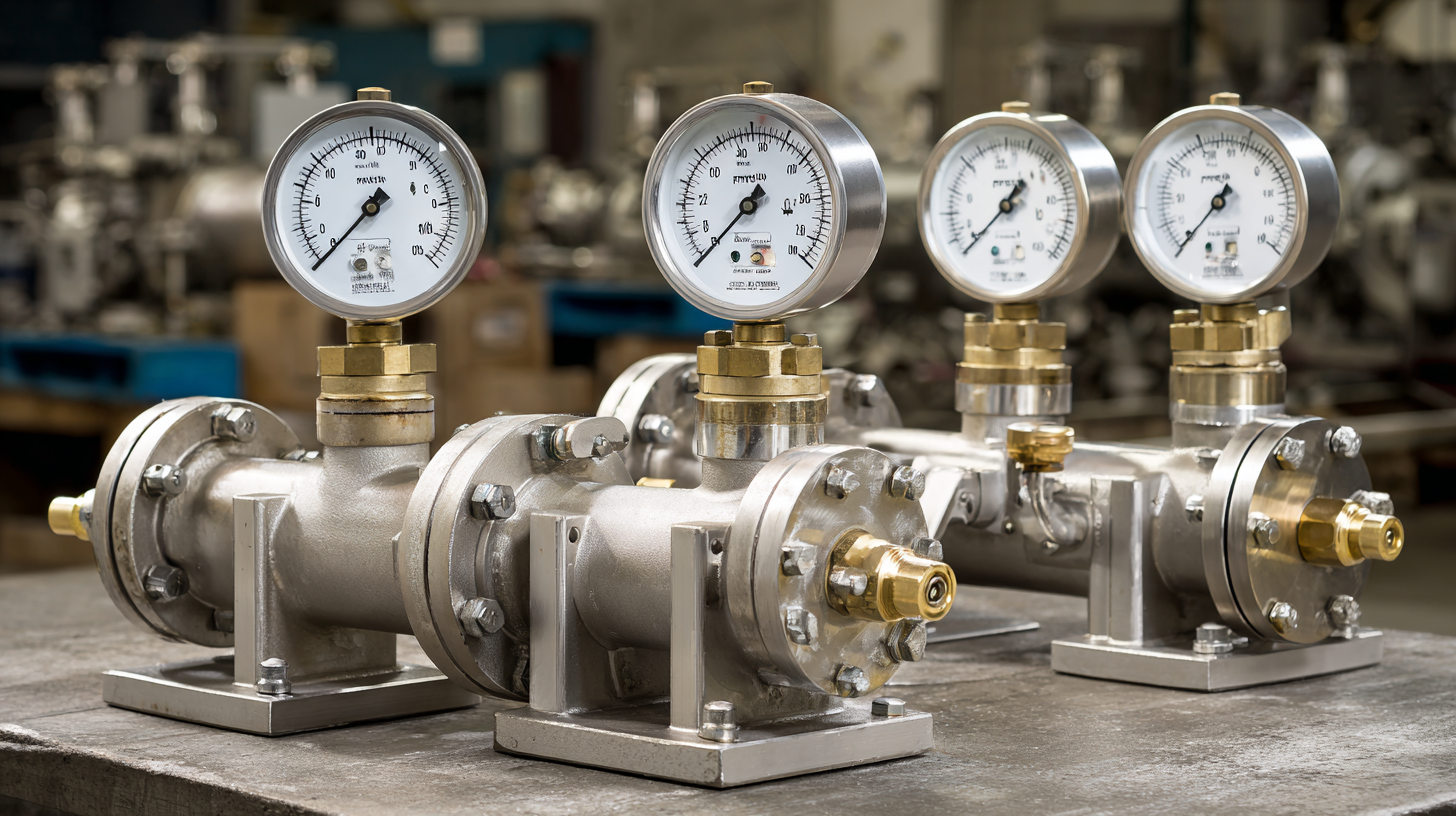
Understanding Different Types of Pressure Gauges for Industrial Needs
When it comes to industrial applications, selecting the appropriate pressure gauge is crucial for ensuring measurement accuracy and efficiency. Various types of pressure gauges are available, each designed to meet specific operational needs. For instance, mechanical gauges, such as Bourdon tube gauges, provide reliable readings and are widely used in many industries. They are particularly suited for applications where high durability and ease of maintenance are required.
On the other hand, digital pressure gauges have gained popularity due to their advanced features and better readability. These gauges often come with programmable alarms, data logging capabilities, and high precision sensors, making them ideal for complex applications where real-time monitoring and accuracy are paramount. Additionally, specialized gauges, such as differential pressure gauges and compound gauges, cater to unique requirements. Understanding these different types allows industrial operators to make informed decisions that enhance the overall efficiency and reliability of their pressure measurement systems.
Pressure Gauge Accuracy Comparison in Industrial Applications
This bar chart illustrates the accuracy of different types of pressure gauges used in various industrial applications. The data represents measured accuracy percentages for mechanical, digital, and differential pressure gauges across common industry needs.
Evaluating Measurement Range and Accuracy Requirements for Your Application
When selecting pressure gauges for industrial applications, evaluating measurement range and accuracy requirements is crucial to ensure optimal performance. Different applications demand various measurement ranges, and it's important to choose a gauge that can accurately capture the specific pressures relevant to the process. Utilizing techniques from recent studies, such as evaluating measurement accuracy in contexts with data sparsity, can enhance the selection process. For instance, the analysis of accuracy in devices like wearable heart rate monitors demonstrates the importance of understanding both the operational range and the context in which these devices function.
Moreover, accuracy assessment in medical imaging and wearable devices emphasizes the need for precise measurements to make informed decisions. By considering factors like the measurement environment and potential disturbances, one can select a pressure gauge that minimizes errors akin to those observed in ultrasound imaging or clinical evaluations. Ultimately, the alignment of the pressure gauge's characteristics with the application's accuracy requirements ensures reliable data, which is essential for maintaining efficiency and safety in industrial operations.
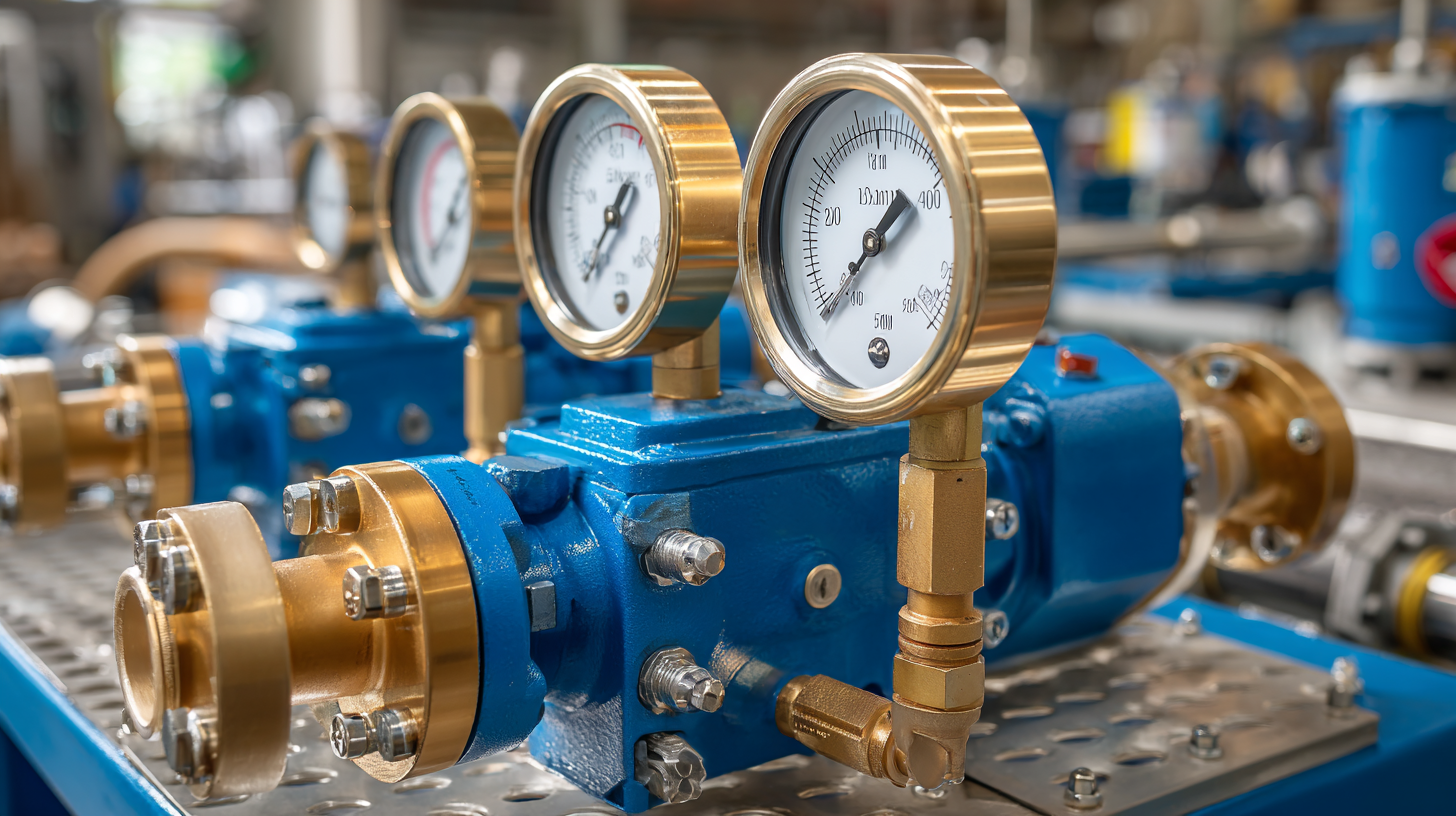
Assessing Material Compatibility for Pressure Gauge Durability
When selecting pressure gauges for industrial applications, assessing material compatibility is crucial for ensuring durability and optimal performance. Materials used in pressure gauges must withstand the process fluids and environmental conditions they will encounter. For instance, gauges exposed to corrosive substances should feature materials like stainless steel or specific alloys that provide superior resistance. According to a recent industry report from the American Society of Mechanical Engineers (ASME), over 30% of gauge failures are attributed to material incompatibility, leading to costly downtime and safety risks.
Tips: Always check the chemical composition of the fluids in your operational environment. Utilizing an accurate compatibility chart can aid in selecting materials that resist corrosion and wear, prolonging the life of your pressure gauges.
Additionally, consider thermal expansion and contraction when choosing materials for pressure gauges. The temperature range of the application can significantly affect gauge performance. A study by the National Institute of Standards and Technology (NIST) indicates that gauges operating outside their specified temperature range can experience a measurement inaccuracy of up to 10%. Ensure your chosen gauge can handle the highest and lowest temperatures it may encounter to maintain measurement integrity.
Tips: Regularly review operational conditions and gauge specifications to adapt to any changes in your processes. This proactive approach helps mitigate material degradation and enhances the reliability of your pressure measurement systems.
Exploring Calibration and Maintenance Practices for Optimal Performance
Calibrating and maintaining pressure gauges are crucial practices to ensure measurement accuracy in industrial settings. According to a report published by the International Society of Automation, nearly 70% of measurement inaccuracies can be traced back to improper calibration procedures. Regular calibration, typically every six to twelve months, is essential for maintaining the integrity of pressure readings. This process involves comparing the gauge’s readings against a known standard and adjusting it accordingly. Adhering to these practices not only helps prevent costly production errors but also meets regulatory compliance standards.
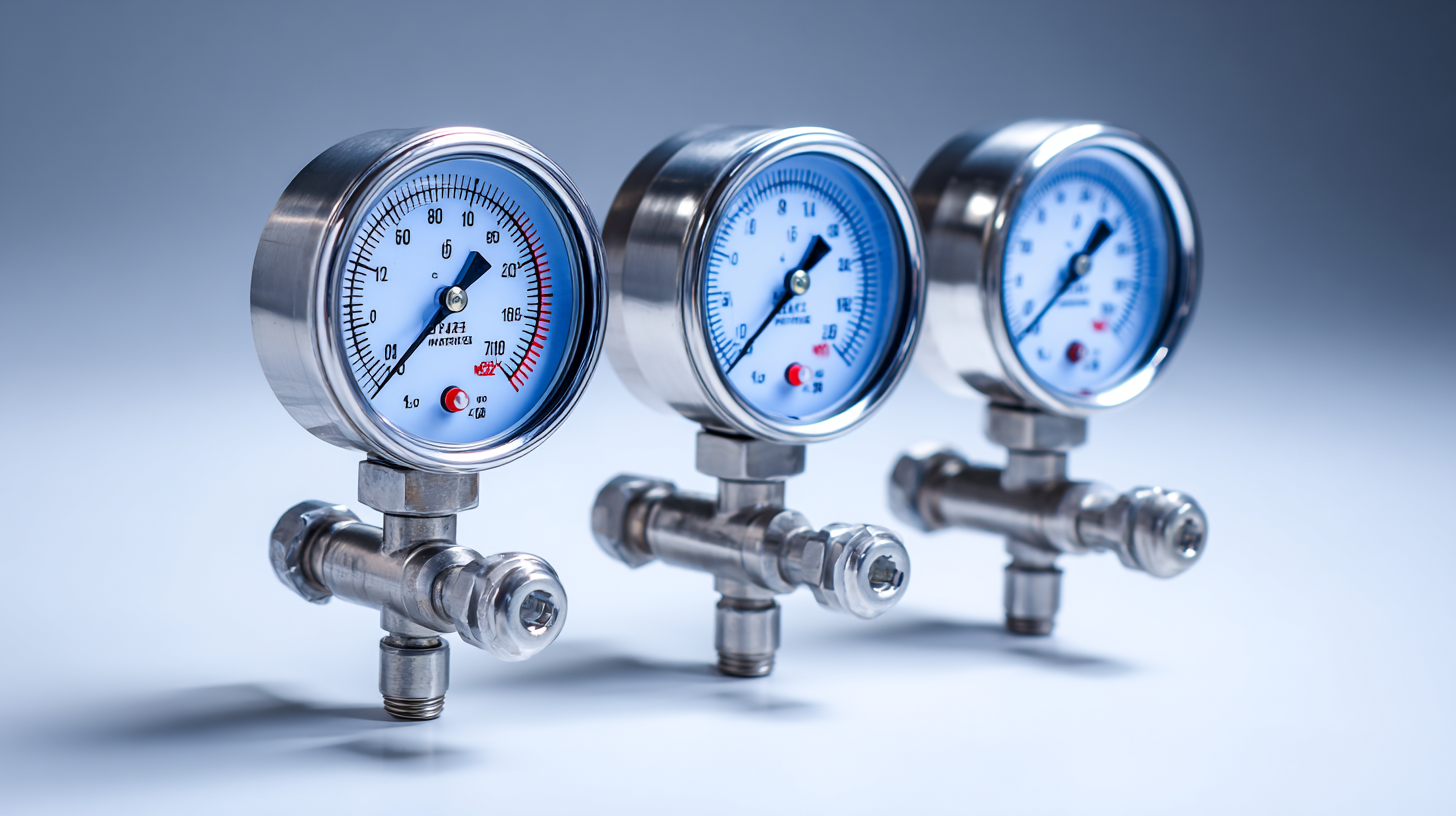
In addition to calibration, routine maintenance plays a significant role in ensuring optimal performance of pressure gauges. The American National Standards Institute (ANSI) highlights that over 40% of gauge failures can be attributed to inadequate maintenance practices, such as failure to check for leaks, corrosion, or mechanical wear. Implementing a comprehensive maintenance schedule that includes visual inspections and functionality tests can dramatically extend the life span of pressure gauges. By prioritizing these calibration and maintenance procedures, industries can minimize downtime and enhance overall operational efficiency, thereby maximizing productivity in the long run.
Selecting the Right Mounting and Connection Options for Your Setup
When selecting the appropriate pressure gauge for industrial applications, the importance of choosing the right mounting and connection options cannot be overstated. These factors play a crucial role in ensuring optimal performance and measurement accuracy. The first consideration is the environment in which the gauge will be installed. For instance, if the gauge is to be mounted in a location with high vibration or temperature fluctuations, a flange or trunnion mount may be more suitable, as they provide enhanced stability and resilience.
In addition to mounting methods, connection types such as threaded, welded, or clamp fittings must also be carefully evaluated. Threaded connections, while common, may be vulnerable to leakage if not properly sealed. On the other hand, welded connections offer a more permanent solution that can withstand higher pressures and harsh conditions. It’s essential to match the gauge's connection type to the specifics of the system, taking into consideration factors like pressure levels, fluid type, and potential environmental influences.
By meticulously assessing these mounting and connection options, you can ensure that your pressure gauge operates effectively and delivers accurate readings throughout its service life.
Related Posts
-

Troubleshooting Common Issues with Hose Reels: Solutions You Need to Know
-

7 Proven Tips for Finding the Best High Pressure Hose for Your Needs
-
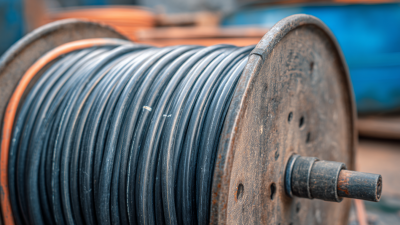
10 Amazing Benefits of Using an Air Hose Reel for Your Workshop
-

Ultimate Guide to Choosing the Right Pressure Washer Hose for Your Cleaning Needs
-

How to Choose the Right High Pressure Hose for Your Specific Applications
-
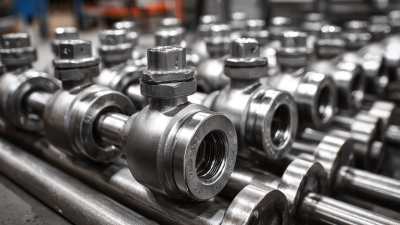
How to Choose the Right Stainless Steel Ball Valve for Your Project